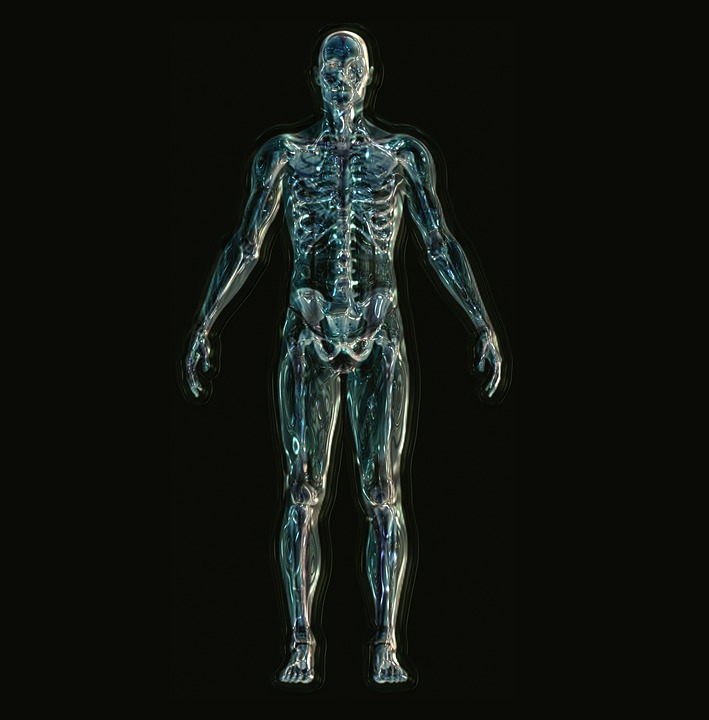Royal Philips has launched ClarifEye an AR surgical navigation solution to advance minimally-invasive spine surgery in the hybrid operating theater.
According to Philips, by combination 2D and 3D visualizations at very low X-ray dose with 3D augmented reality, the solution offers live intra-operative visual feedback to enable precise placement of pedicle screws during spinal fusion surgery. Per Philips, ClarifEye is completely blended into the Philips Azurion image-guided therapy platform.
By following a minimally-invasive approach to spine operation, patients can benefit from subdued post-operative pain, reduced hospital stays, minimized soft tissue damage, and reduced blood loss.
“In spine surgery, when you change your approach to a minimally invasive one, you also have to change the way you operate because you need another way to see inside the spine. With ClarifEye, the technology adapts to the needs of the surgeon, rather than the surgeon adapting to the requirements of the technology.” – Dr. Pietro Scarone, Neurosurgeon at Ente Ospedaliero Cantonale in Switzerland.
“Augmented reality surgical navigation helps us to place pedicle screws in positions where we actually could not or would not do otherwise.” – Adria Elmi-Terander, Neurosurgeon, Karolinska University Hospital, Sweden.
Philips reported that ClarifEye uses four HD optical cameras to augment the operational field with 3D cone-beam CT imaging. The company also states the system connects the surgical field’s view with the patient’s internal 3D view to create a 3D AR view of the patient’s external and internal anatomy.
“Post-operative CT scans to check implant placements are no longer necessary. As soon as surgery has been performed, we can be 100% sure that the implants are in place, thanks to the high quality of the intra-operative cone beam CT image and positioning flexibility of the system.” – Andreas Seekamp, Director of the Orthopaedic and Emergency Surgery clinic, University Medical Center Schleswig-Holstein in Kiel, Germany.
Follow us on LinkedIn
Read other Articles





